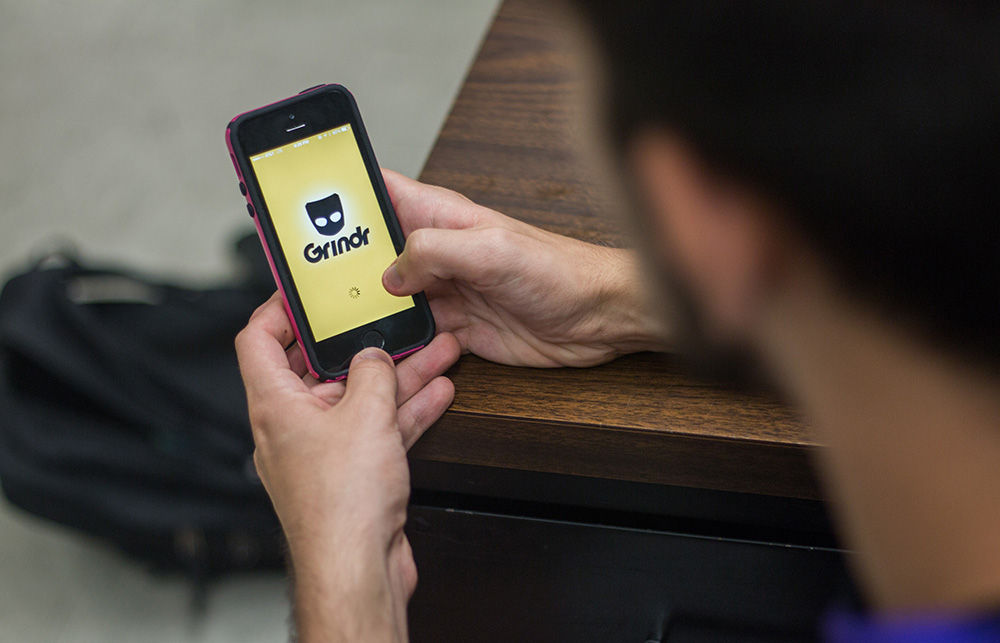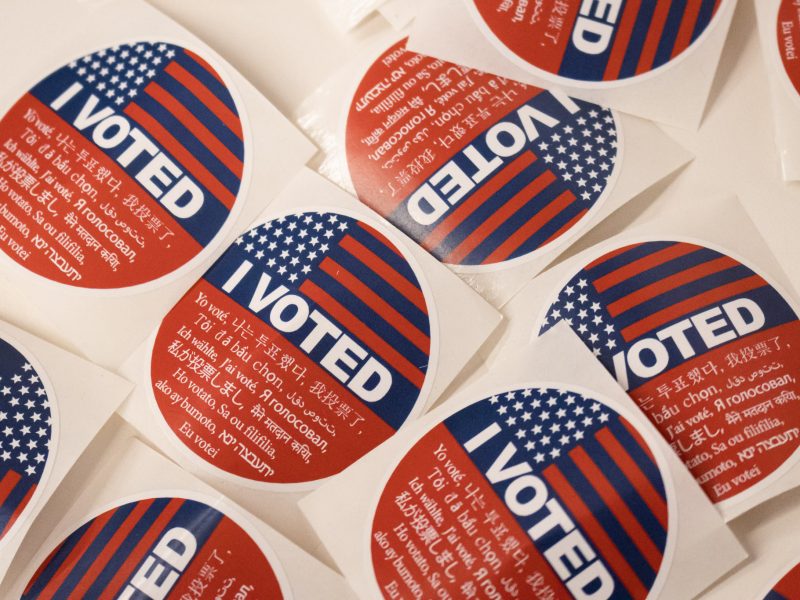
There are a few things you can be certain any college student is: hungry, stressed, broke and, most noticeably, horny.
You only need to listen to a few minutes of conversation between college kids, look at Yik Yak or go to a fraternity party to realize how much power our yearnings for romance, companionship and intimacy have over us. It is only logical that in today’s society, where everything is digitized, apps designed to facilitate hookups are popular.
Tinder is the most famous of these apps. Popular on college campuses and rumored to have 10 million users worldwide, Tinder allows users to find others who fall within their preferences of age, gender and location. It’s the genesis of many college student encounters, from romantic dates to one night stands. For many, Tinder might be the only dating app they know about. For those close to the LGBT community, however, there is another, often infamously regarded, application: Grindr.
Grindr, created in 2009 and boasting 5 million active monthly users worldwide, is a geosocial networking application intended for gay, bisexual and bi-curious men. The application presents users with a list of guys filtered by distance. That is not the furthest the app goes in revealing the proximity of others; users may reveal their exact distance from others, ranging from miles to the exact number of feet. Telling a group of strangers you’re only 210 feet away should raise eyebrows, but for many, it doesn’t. It’s not the only questionable aspect of the application, either.
“Grindr Tribes” are another feature of the application that, while well-intentioned, might do more harm than good. Implemented in September 2013, tribes allow users to classify themselves under 12 categories, including “Bear,” “Clean-Cut,” “Geek” and “Twink.” These categorizations indicate body type, interests and personal traits. The goal is to create uniform distinctions that allow users to make snap judgments of one another.
While tribes may make finding a guy on Grindr easier, they also reinforce stereotypes. Most noticeably, they pressure gay men to squash their individuality and be something they’re not. If you tend to be skinnier, that means you’re a “twink” and should try to be as skinny as possible because “that’s what twinks do.” If you fall on the heavier side of the spectrum, you’re a “bear” and should gain weight and not shave because “that’s what bears do.” The idea that everyone should fall neatly into made-up groups might sound strange if you haven’t been on Grindr before, because, well, it is. Tribes leave little space for individual expression and natural body differences, forcing users into restrictive boxes.
The application highlights the hookup culture within the gay community and the dangers of such activity. A study by the L.A. Trust for Children’s Health titled “Grindr: Sex Risk and HIV Prevention Opportunities for Young Men Who Have Sex with Men” was released last year, revealing interesting data from Grindr users. Seventy-six percent of those polled admitted to having sex with a person they met on the app. Thirty-five percent claim they or the person they had sex with were under the influence. Most shockingly, 15 percent have had unprotected anal intercourse with a person they met on the app. The data isn’t all bad, however; 60 percent of Grindr users report wearing condoms during intercourse if their last partner was a fellow Grindr users, compared with only 42 percent who found their partner elsewhere. With AIDS and other STIs on the rise, it’s a positive sign that some gay men are recognizing the danger of unprotected sex with strangers.
Grindr highlights the internalized homophobia that many gay men struggle with today. Many users never upload a picture, or choose a picture without their face, because they fear others discovering their sexuality. The word “discreet,” used to describe gay men who act masculine or hide their sexuality, has a positive connotation. In lists of what traits users are looking for in other people, phrases like “straight-acting only” and “no fems” are common.
There’s a big problem here. The gay rights movement, spearheaded by proudly queer individuals, has always been centered on the principles of self-expression and rejecting heteronormativity. The Stonewall riots of 1969, when police charged into a New York City gay club to terrorize its patrons and were beaten back by clubgoers, are viewed by most historians as the start of the modern gay rights movement in America. It’s ironic that gay men of our generation capitalize on the achievements of the LGBT rights movement to discriminate against other gay men they deem too effeminate. Besides, the term “straight-acting” is pretty ridiculous because if you’re on a networking application for gay, bisexual and bi-curious men, you’re acting anything but straight.
Grindr, while full of objectionable material and actions, can be helpful for gay men on college campuses. Just like with any networking app, you will most likely have some not-so-wonderful experiences. However, if you dig deeper and push forward, there’s a chance you can find a new friend, a fun date or even the person of your dreams on Grindr. For many gay students, Grindr be a great asset for learning who the other members of the LGBT community are on the campus. It can be used to build a supportive group of people around you, help you find a great romantic interest or even just have a crazy night with a cute guy. Grindr is what you make of it, and you can make it almost anything you want. Just be smart, be safe and wear protection.



